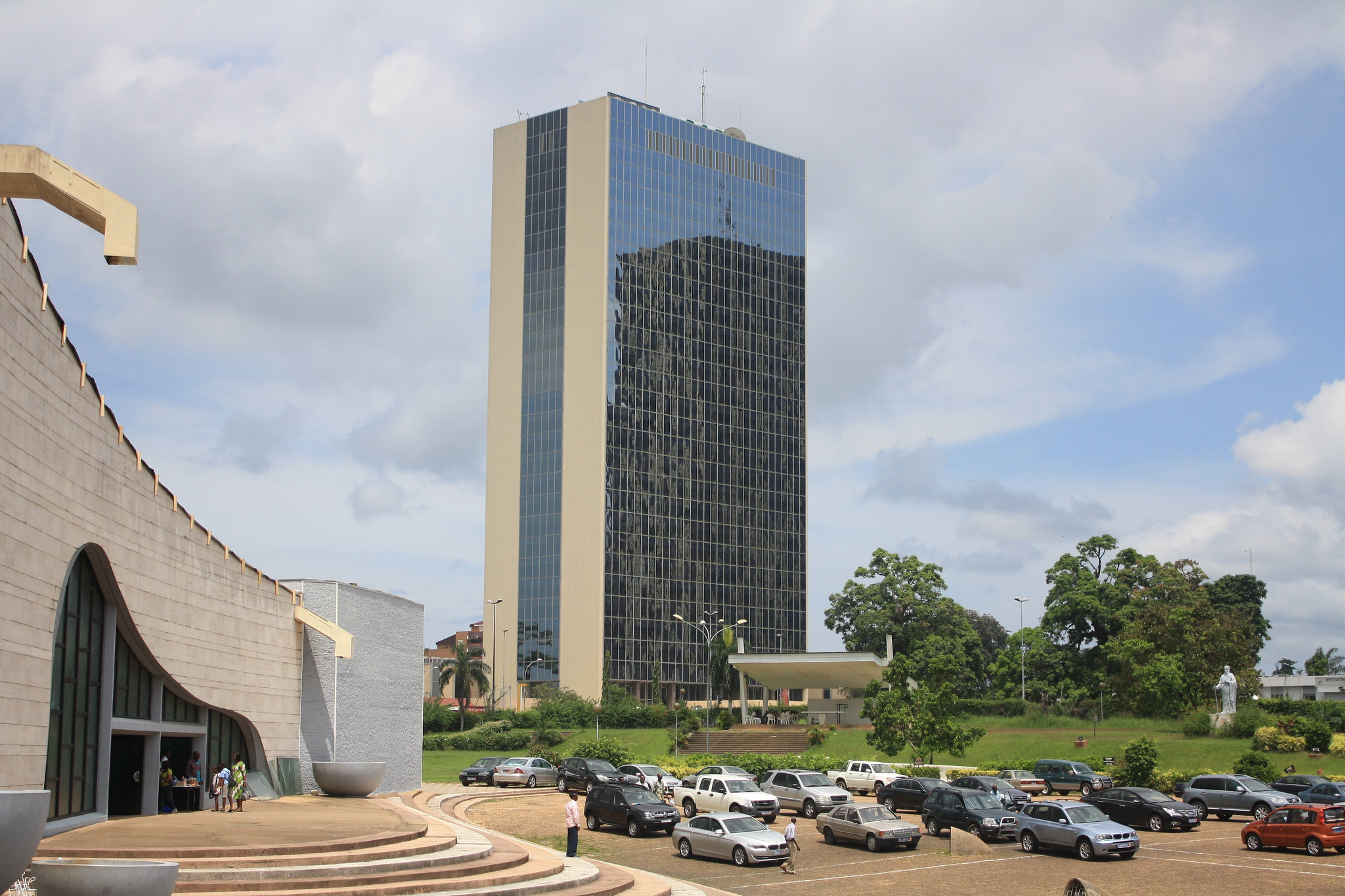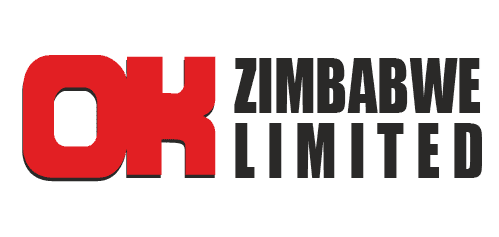Mthuli threatens fresh interest rate hike . . . as currency depreciation persists
FINANCE and Economic Development Minister Professor Mthuli Ncube has threatened a fresh hike of the key bank policy rate, as part of interventions to restore stability in the floundering Zimbabwe dollar exchange rate he says is being fuelled by parallel market activities.
Last year, the Reserve Bank of Zimbabwe (RBZ) hiked the bank policy rate from 80 percent to 200 percent in a bid to curtail speculative bank borrowings that resulted in sustained attacks on the domestic unit and drove rapid inflation increases.
This emerged after investigation by the RBZ’s Financial Intelligence Unit revealed that some corporates or businesses were manipulating the bank loan systems resulting in double dipping by securing multiple loans for similar purposes across the banking sector.
However, in the first quarter of this year, the central bank slashed the benchmark policy rate to 150 percent and further down to 140 percent, as it expected the downward trend in the month-on-month inflation, which started in the last quarter of 2022, will continue through 2023.
Speaking at the International Business Conference held on the sidelines of the ongoing Zimbabwe International Trade Fair (ZITF) in Bulawayo on Wednesday, Prof Ncube acknowledged that prices have been significantly high, but of late they had started bringing them down.
“But I am now wondering with the recent hike in the exchange rate in other markets, should I increase interest rates.
“Please stop pushing that parallel market, if you do I will increase interest rates back to 200 percent and beyond because that’s what we know in other nations so we desist from operating in that market.”
This comes as unrelenting Zimbabwean dollar depreciation experienced in recent weeks has led to a massive reduction in the local currency’s purchasing power, seriously constraining the incomes of a significant section of the working population.
The depreciating currency has seen a precipitous increase in prices, a position that is significantly widening income inequality, particularly for those who earn in the local currency.
At the time of writing the Reserve Bank of Zimbabwe (RBZ) weighted average exchange rate stood at $1 021 to US$1 while the parallel market rate hovered around a steep $2 000, widening the average gap between the official and the parallel market exchange rate by nearly 100 percent.
This difference is considered way above the conventional threshold of 20 percent required for sustained stability in the economy.
The situation is dire given that businesses are even benchmarking their Zimbabwe dollar prices along or beyond the prevailing parallel market exchange rate as they intend to eliminate exchange rate losses.
Consequently, the business community has long overlooked exchange regulations emanating from their inability to acquire foreign currency from official markets including the RBZ auction system.
In that regard, the aforementioned foreign currency shortage is compelling several formal entities that are not able to access the RBZ forex auction market to join the informal sector in the expensive and fickle parallel market to meet their foreign exchange requirements.
RBZ exchange regulations allow businesses to add a 10 percent margin above the official interbank rate but in the obtaining situation, businesses are charging far beyond that mark.
This is apparently posing a cost-of-living crisis, bleeding household earnings.
As such, policymakers urgently need to take necessary measures to address the underlying causes of the devaluation and ease the impact on the distressed workforce.
According to a local think tank, Zimbabwe Coalition on Debt and Development (ZIMCODD) a number of influences are motivating the local currency’s descent, encompassing declining market confidence, negative inflation expectations, rent-seeking behaviors, and rigid exchange rate management.
“With the poor majority largely earning in Zimbabwe dollars, unabated depreciation of the same is exerting astronomical pressure on ZWL prices (reducing purchasing power). Thus, significantly constraining household budgets, widening income inequality, and plunging citizens into extreme poverty.
“This shows that the blended (weighted average) inflation produced by authorities the latest March 2023 figures show a monthly inflation rate of 0, 1 percent is masking the cost-of-living crisis,” said ZIMCODD in its periodic review.
Economist Eddie Cross said the free-falling exchange rate particularly on the parallel market had far-reaching consequences on ordinary Zimbabweans.
“The implications for those people who are earning salaries in local currency are extremely serious, when the depreciation of the local currency takes place, it is immediately reflected in prices, so price escalation in local currency is massive at the moment and for people on fixed incomes, this is a crisis of monumental proportions in fact many people will not be able to afford even the basics,” said Cross.
Cross said the rapid local currency depreciation in the last week or so suggests that it is time for authorities to take these matters seriously and take action.
“I do not see any justification for this depreciation, I think it is being caused by the monetary authorities printing cash electronically and this has to be brought under control immediately,” he said.
This comes at a time Government recently introduced Statutory Instrument 27 of 2023 which put blended inflation in place, moving away from local currency-based inflation calculation criterion.
Previously the official inflation rate was based only on items in the local currency although the U.S. dollar is widely used alongside the Zimbabwean dollar.
According to analysts blended inflation, which is a weighted average of various price indices, may not fully capture the impact of currency depreciation on prices.
Economist Dr. Prosper Chitambara is on record saying the setup was making life for the business community harder by choosing blended inflation as the benchmark inflation reading.
“The issue is a critical one, because companies do not account in blended terms but exclusively in USDs or Zimbabwe dollar so it becomes an issue to have the blended rate as the benchmark inflation. Interest rate calculation for those borrowing or collective bargaining is going to complicate things,” he said.
According to ZIMCODD blended metrics are also affecting financial reporting, asset valuation, business contracts, interest rate setting, indexation, pay setting, wage negotiations, research and analysis, and estimation of production costs among many others.-ebusinessweekly










